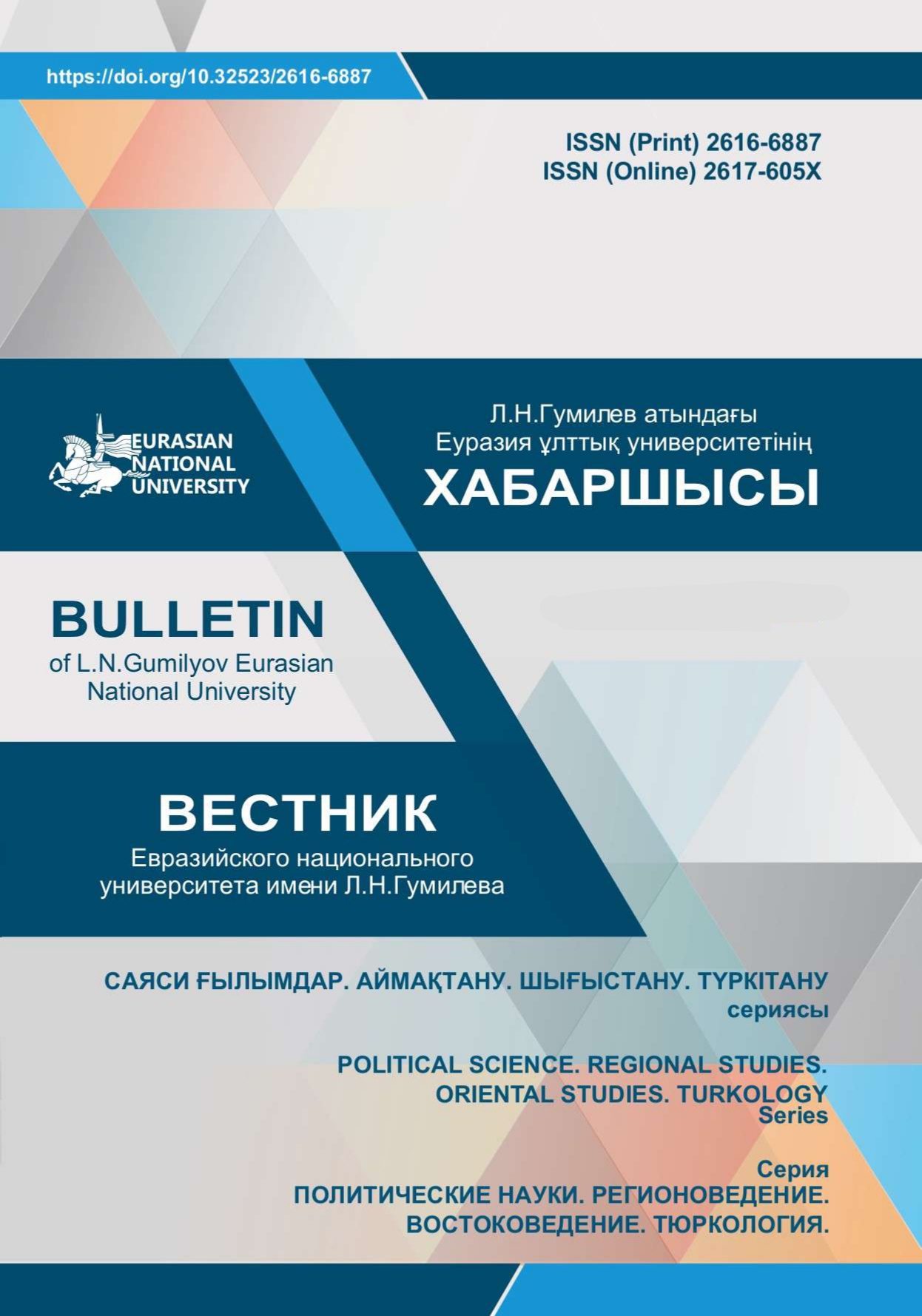Kypchak-Arabic dictionaries during the reign of the Mamluks and the written monument "Tarjuman": a comparative analysis
Views: 162 / PDF downloads: 174
Keywords:
мәмлүктер, мәмлүк-қыпшақ тілі, араб тілі, ортағасырлық қолжазба, қыпшақша-арабша сөздік, «Тәржүман» ескерткіші.Abstract
In the 13th-15th centuries in Egypt and Syria, there were writtengrammatical works, Kypchak-Arabic dictionaries, works abouthorse riding and martial arts, as well as religious, literary and cultural monuments containing information about the Mamluk-Kypchak language. The study of certain monuments writtenin theTurkic-Kypchak language providesvaluable information for the study of the literary, cultural and linguistic history of modern Turkic peoples, in particular peoples from the Kypchak group. The use of Kypchak words as illustrative material in linguistic works provides information about everyday life,social, cultural and linguistic situation not only of the Egyptian society of that time, but also of the peoples of the Golden Horde, who were closely related. This article provides a comparative analysis of medieval manuscripts, among them the Kypchak-Arabic dictionaries written in classical Arabic about the Kypchak language during the reign of the Mamluks. There is also a brief description of the sections of the Qypchak-Arabic dictionary of the monuments "Tarjuman", "Al-Idrak", "At-Tuhfa", "Al-Kavanin" and "Ad-Durra", consideredfeatures of the dictionaries in terms of content and structure.
Downloads
Published
How to Cite
Issue
Section
License

This work is licensed under a Creative Commons Attribution-NonCommercial-NoDerivatives 4.0 International License.







